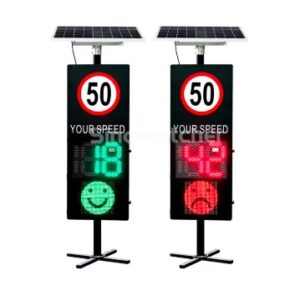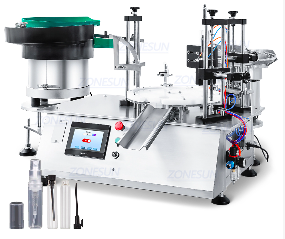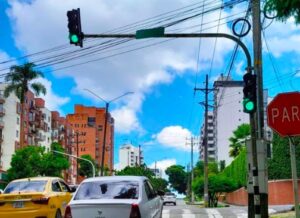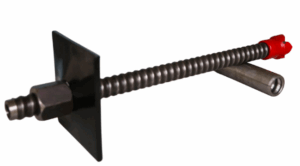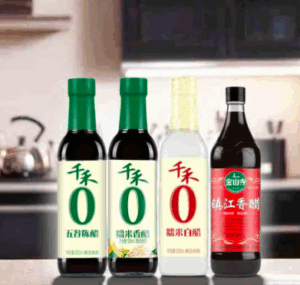Polymer antistatic masterbatch is a functional masterbatch, which is mainly used to solve the static electricity problem of polymer materials.
It is usually composed of antistatic agents, carrier resin, and other additives. The antistatic agent is the key component of its function, the function of the carrier resin is to carry and disperse the antistatic agent so that it can be evenly distributed in the polymer material. Commonly used carrier resins are ABS, PE, PP, PS, PVC, EVA, POM, etc. The addition of additives can improve the processing performance, stability, and compatibility of the masterbatch with the base resin.
Table of Contents
TogglePolymer antistatic masterbatch has the following advantages:
- Easy to use: It can be directly mixed with the base resin without complicated processing technology.
- Long-lasting effect: It can maintain good antistatic properties for a long time.
- Small impact on material properties: while effectively eliminating static electricity, it has little impact on the physical and mechanical properties of the base resin.
It has a wide range of applications, including electronic appliances, packaging materials, textiles, plastic films, etc. For example, in the field of electronic appliances, it can be used to manufacture antistatic housings, parts, etc. to prevent static electricity from damaging electronic components; in packaging materials, it can avoid static electricity from adsorbing dust and ensure the cleanliness and appearance quality of the packaging; in the textile industry, it can make the fabric have antistatic properties and improve the comfort of wearing.
However, the performance of polymer antistatic masterbatch will also be affected by some factors, such as environmental humidity, temperature, addition amount, and the properties of the base resin. In practical applications, it is necessary to reasonably select and use antistatic masterbatch according to specific use conditions and requirements to achieve the best antistatic effect.
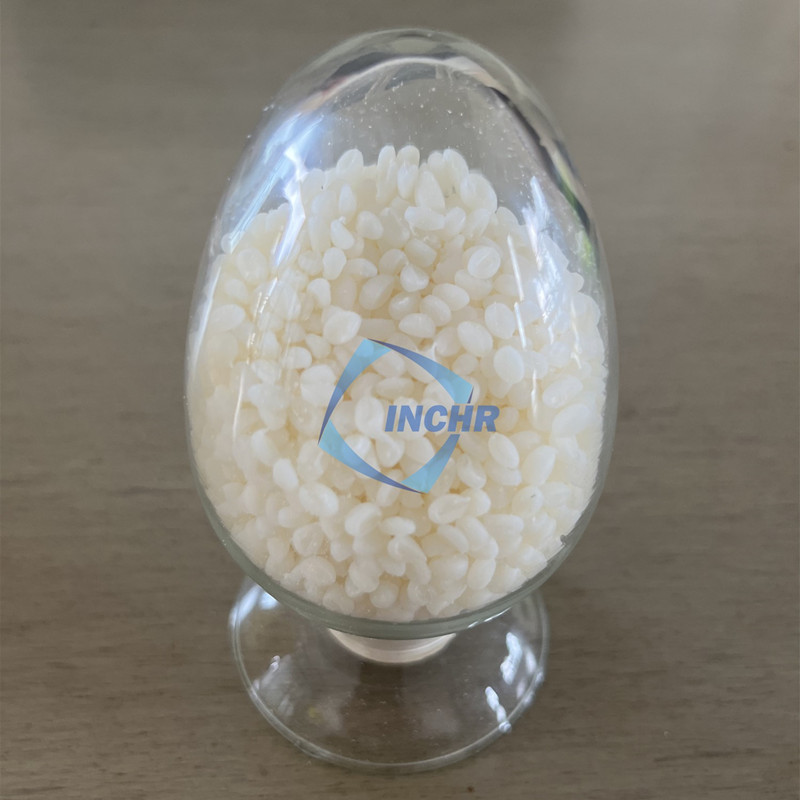
Pre-drying treatment
The drying treatment of polymer antistatic masterbatch is an important link to ensure its quality and performance. The following are some common drying treatment methods and key points:
- Hot air drying
- Use hot air circulation to remove moisture from the masterbatch.
- Control the drying temperature within an appropriate range, usually 60 – 80 ° C, to avoid excessive temperatures that may adversely affect the performance of the masterbatch.
- The drying time depends on the moisture content of the masterbatch and the efficiency of the drying equipment and generally takes several hours.
- Vacuum drying
- Drying under negative pressure helps to lower the boiling point of water and speed up drying.
- The vacuum and temperature settings need to be optimized according to the specific characteristics of the masterbatch.
- Infrared drying
- Directly heat the masterbatch using infrared radiation energy, which has the characteristics of fast drying speed and high efficiency.
- Pay attention to the wavelength and intensity of infrared to ensure uniform heating.
In short, choosing the right drying method and strictly controlling the drying conditions are crucial to obtaining high-quality polymer antistatic masterbatches.
INCHR is a global supplier that has been in the industry for over 10 years and has a track record of providing quality products at a price point that works within your budget. They can work with you to provide antistatic masterbatch with a whole solution.
0